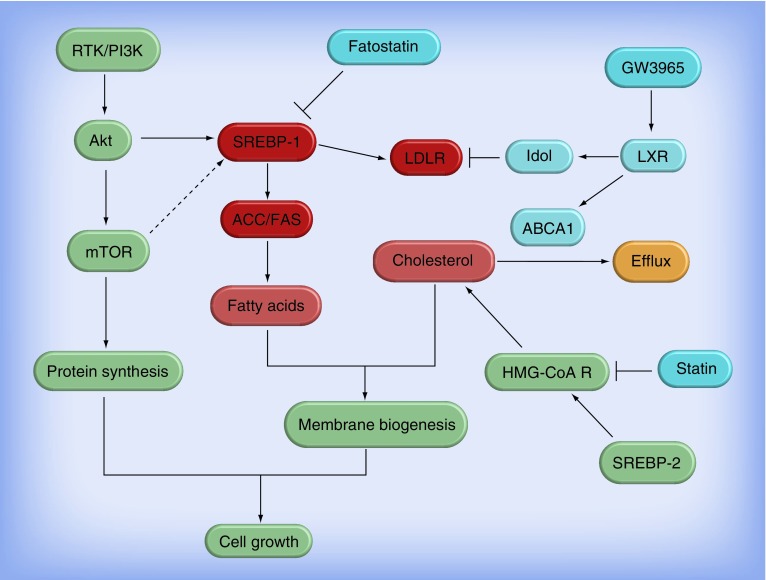Figure 1. Regulation of lipid metabolism in glioblastoma and the therapeutic drug targets.
Receptor tyrosine kinase/PI3K/Akt signaling via upregulation of SREBP-1 promotes fatty acid synthesis and cholesterol uptake. ACC and FAS are direct downstream genes of SREBP-1 and key molecules in the regulation of de novo fatty acid synthesis. LDLR is upregulated by SREBP-1 to promote cholesterol uptake. Activation of LXR stimulates ABCA1 expression and promotes cholesterol efflux; it also reduces LDLR levels via upregulating Idol, a ubiquitin ligase E3. The light red boxes designate the molecules upregulated in glioblastoma (GBM) and could be potential therapeutic targets in GBM. The light blue boxes signify the molecules that negatively regulate GBM growth. Fatostatin is a SREBP-1 inhibitor; GW3965 is a LXR synthetic agonist; HMG-CoA R is a key enzyme in the pathway of de novo cholesterol synthesis; and statin is a HMG-CoA R inhibitor.
HMG-CoA R: HMG-CoA reductase; LDLR: Low-density lipoprotein receptor; RTK: Receptor tyrosine kinase.

